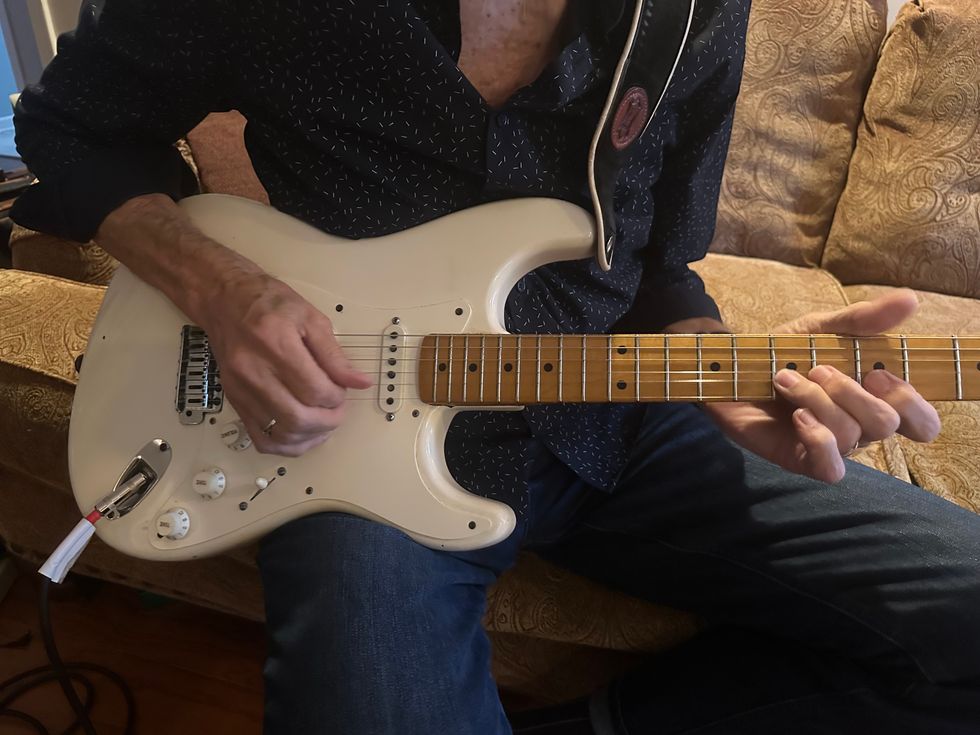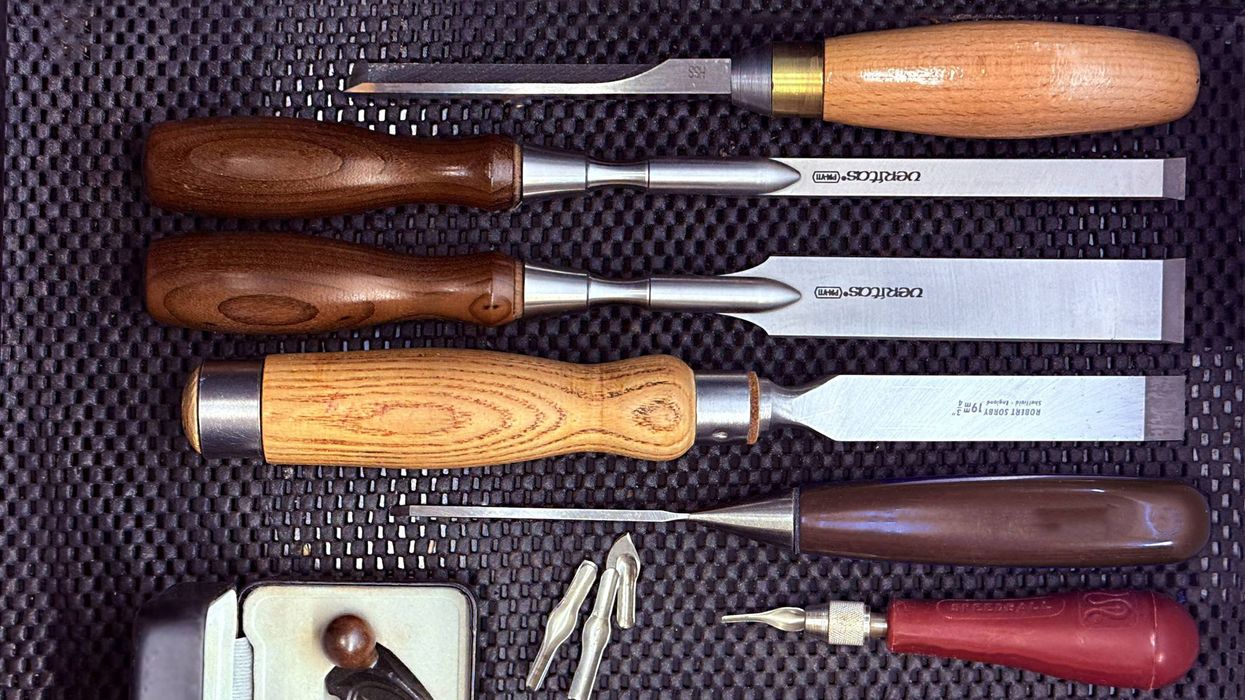| What should I look for in choosing a speaker for an electric guitar? Acoustic guitar? Steel guitar? Bass guitar? In other words, how would they differ? Thanks, Ray |
Hi Ray, For electric guitar applications, most players likely want a speaker that’s loud, adds coloration to their tone, provides detail and harmonic content and exhibits fairly early cone break-up. You’ll want to consider what type of cone material and surround the speaker has. Full paper cones are commonly used in electric guitar speakers. They tend to exhibit earlier break-up, more harmonic detail comparatively, and responses full of peaks and dips that create interest.
You’ll want to compare sensitivity or SPL (dB) ratings. This tells you how loud the speaker will be; electric guitar speakers typically are rated between 98-102dB. For acoustic guitar applications, you’ll likely want the complete opposite of an electric guitar speaker. You just want to accurately reproduce the natural sound of your instrument. It’s already good, you just need it amplified! You’ll want to compare the frequency response and choose a speaker that has a fairly flat response graph. After countless hours of listening tests and paying attention to what some of our OEM customers are choosing, we feel we have determined which cone and surround combinations are best at accurately reproducing the acoustic guitar.Without divulging too much, I’ll point you to our Acoustinator series, designed specifically for this type of application.
For steel guitar, you’ll want a speaker that is loud (check out SPL again), clean and has plenty of bottom end. This is a little tougher because you’ll need to find the best compromise between loud and low. A good starting point is to compare the ones with 2.5”- 4” voice coils and the higher SPL ratings.
Bass speakers require much more homework, as they are much more cabinet dependent. Bass speakers typically use cloth, accordion surrounds and heavier/more dense paper cone bodies. You will want to pay special attention to the Xmax (maximum linear excursion), and compare speakers that have plenty of it for bass applications. Eminence highly recommends either using cabinet design software or consulting the speaker manufacturer in selecting bass guitar speakers. While the thermal limits of the speaker are readily available, the mechanical limits should be considered for a particular application.
| I have just recently purchased a low resonance guitar speaker. It sounds great, but it doesn’t feel any different, or seem to play any lower than my other guitar speakers with higher published resonance. What’s the deal in your opinion? Joe |
Hi Joe, I certainly can’t speak for another manufacturer. You might consider sending it to someone capable of measuring speaker resonance to confirm if it really measures what is published. If the resonance is different, maybe they’re publishing free-air cone resonance (just taking into account the raw cone). This seems odd to me, but who knows? Eminence chooses to publish the built speaker resonance. That is what we feel is more representative of the finished product. Speakers using full molded paper cones, like most guitar speaker designs, are fairly limited on how low a resonant frequency you can achieve. Their surrounds are typically very stiff. This is my experience, at least.
| Can you explain to me about the frequency response graph and how it can help me choose a guitar speaker? Thanks, Glenn |
Hi Glenn, The frequency response graph plots decibels (dB) relative to frequency, often referred to as the SPL (sound pressure level) graph. A speaker is placed on a baffle and 1 watt of power is applied. The speaker is played into a room called an anechoic chamber (sound deadened room), and a microphone is positioned 1 meter from the center of the speaker. This is an industry standard method of measuring SPL.
Using the graph, you can compare which frequencies are louder than others; this will give you an idea of how the speaker will sound. You might even think of it as how an EQ would work. This is purely a starting point. The frequency response graph does not consider harmonic content, break-up modes or other details that might be important in choosing an appropriate speaker for your application.
You are welcome to submit your speaker related questions to info@eminence.com
Anthony Lucas is a senior lab technician at Eminence Speaker LLC, where he specializes in guitar-speaker design and customer support. He has been with the company for more than a decade.


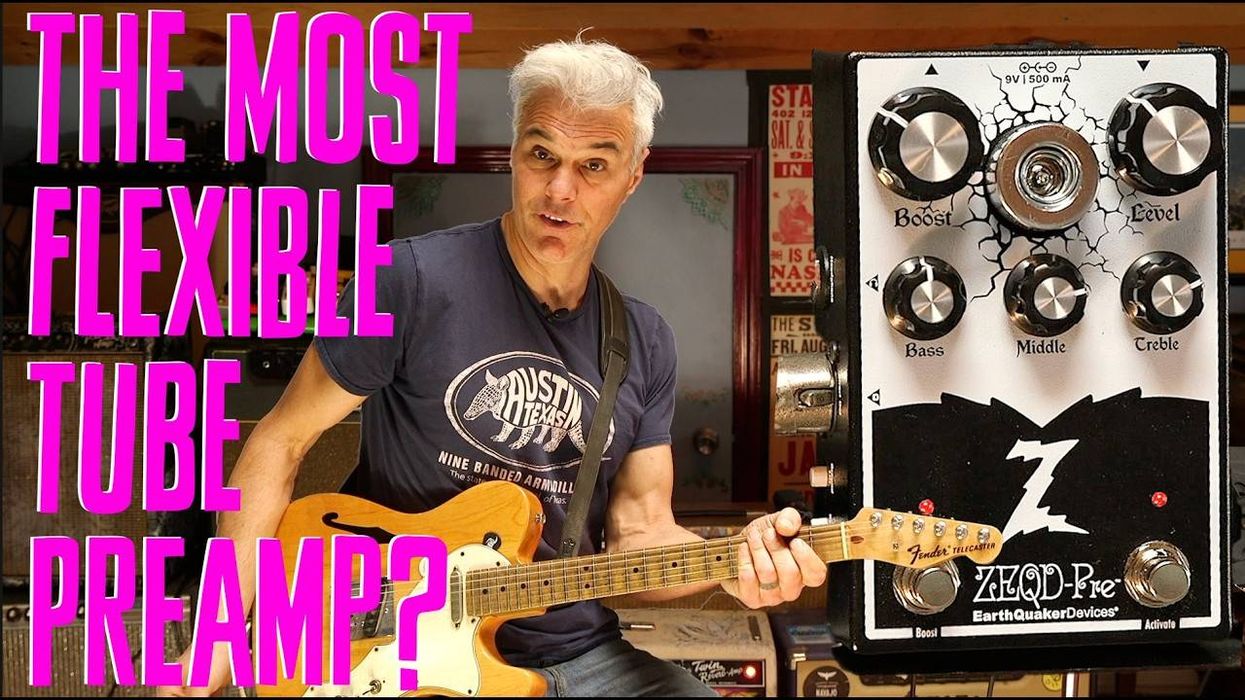

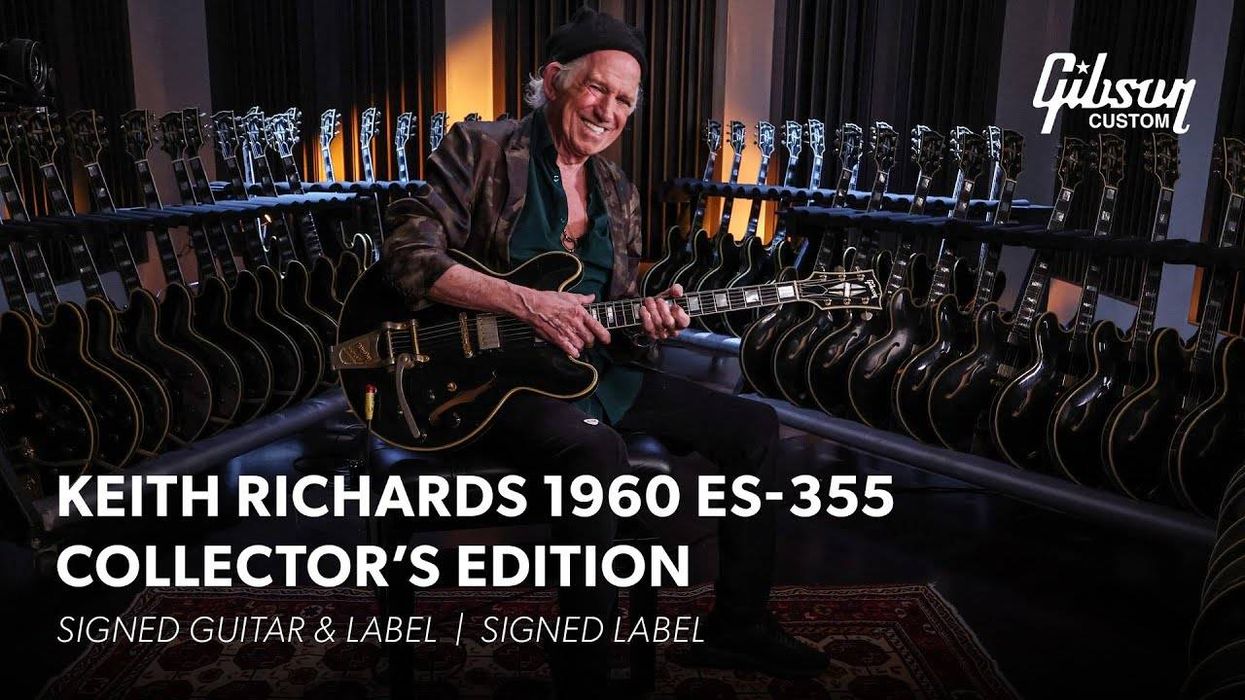

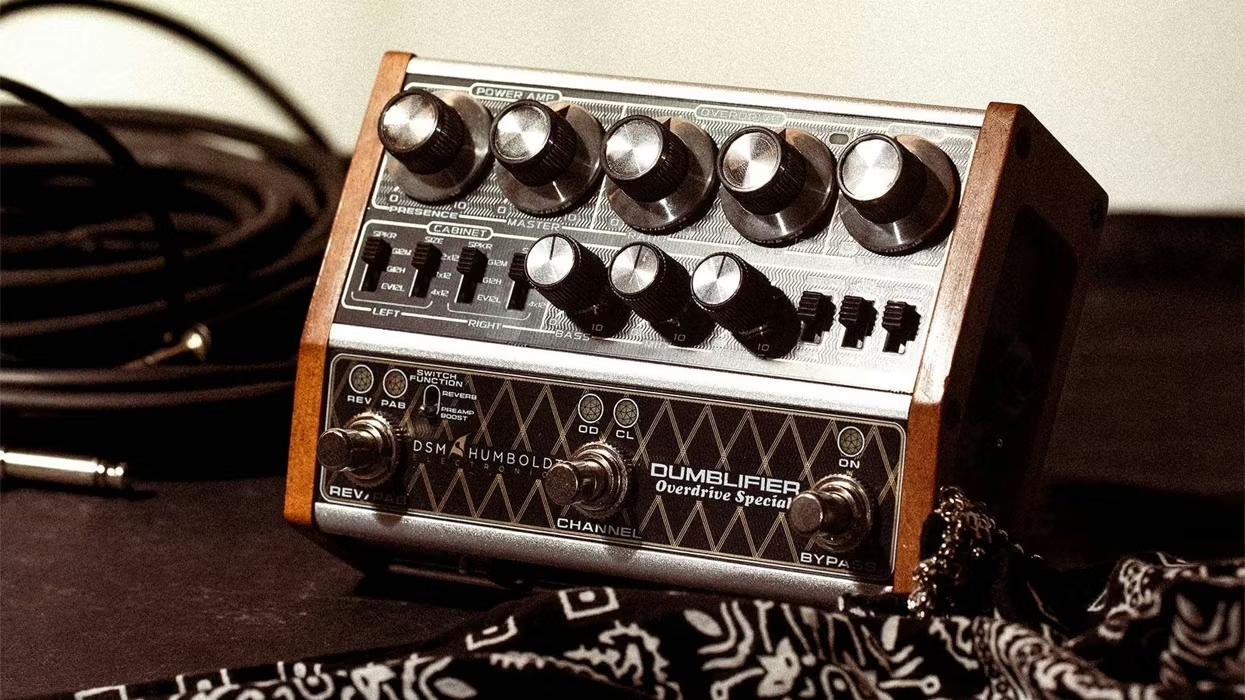
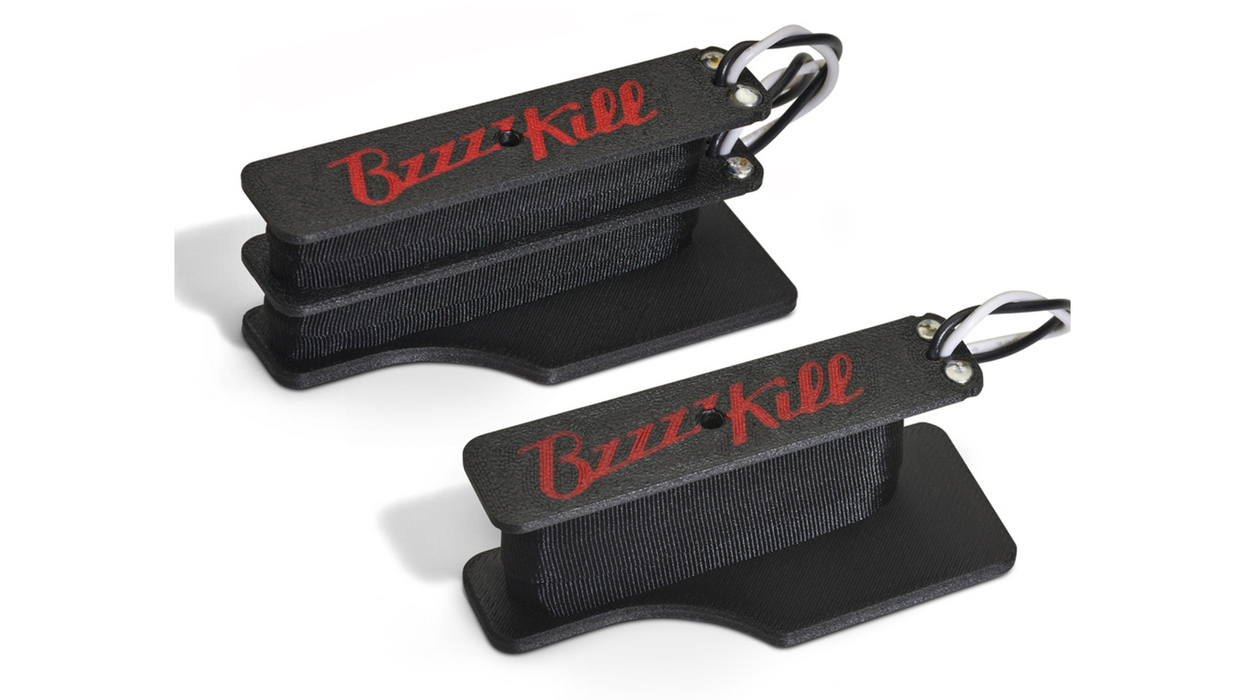



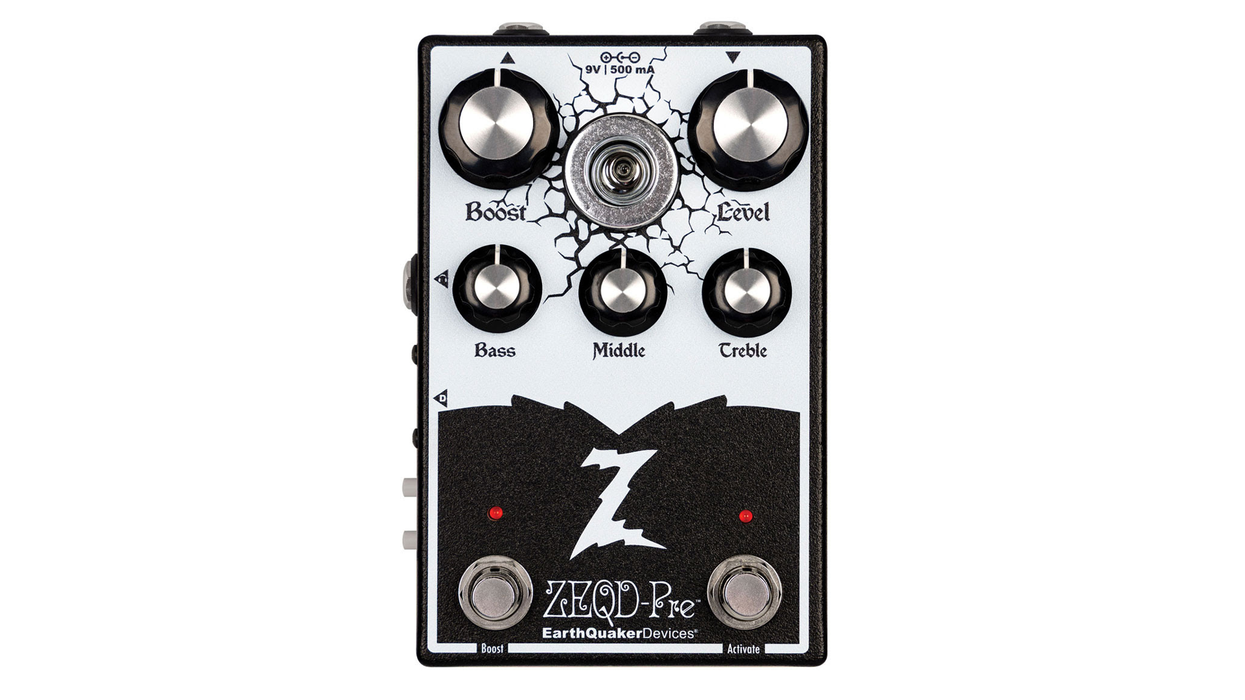
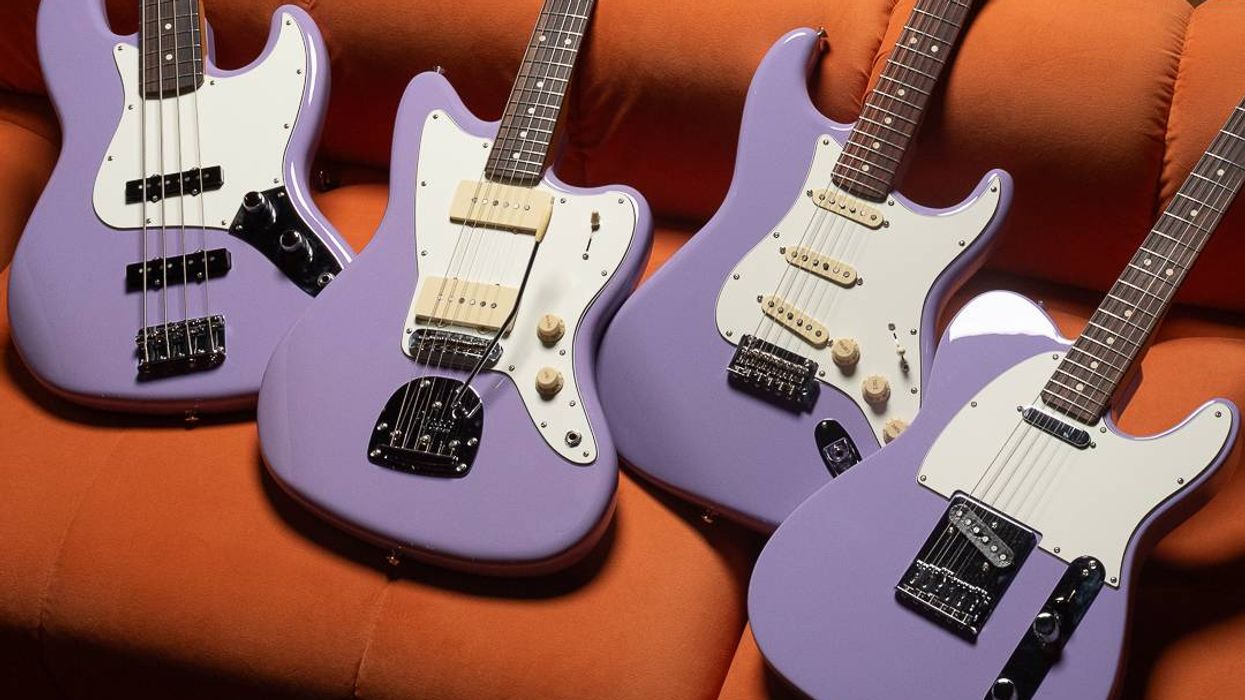
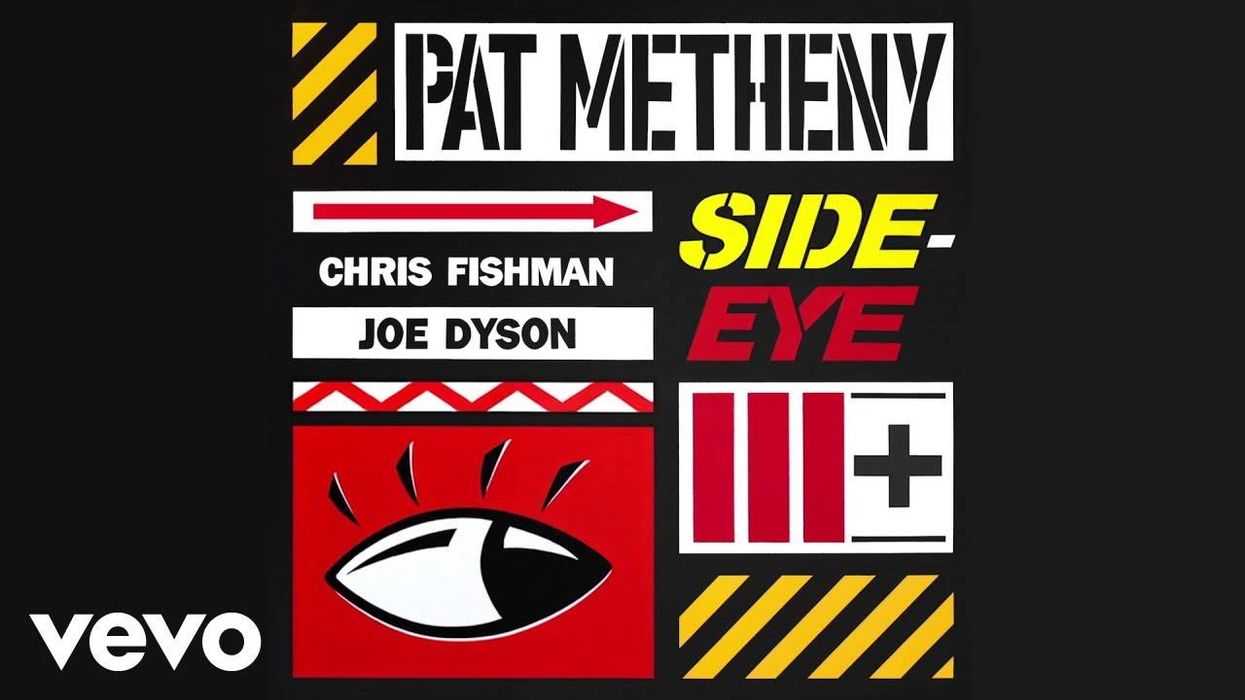
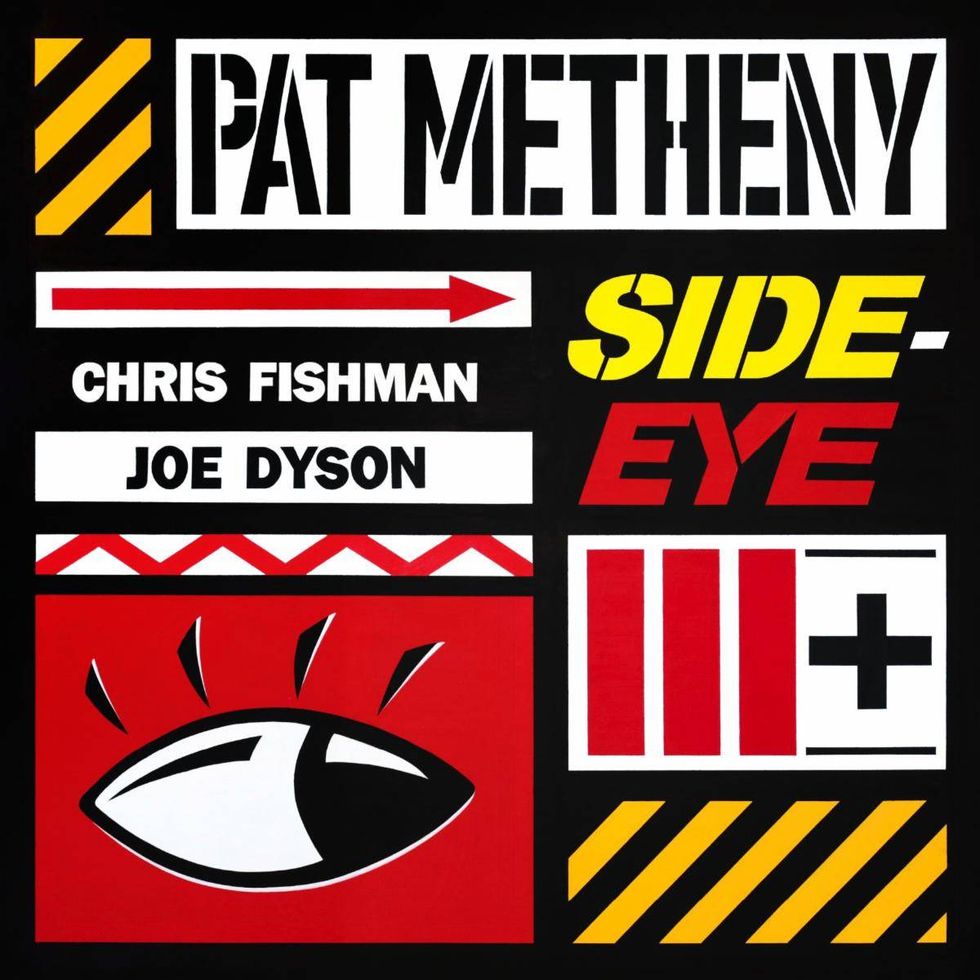


 Will McFarlane keeps a Deluxe Memory Man in line with a Princeton—his rig for noodling on the couch at home.Ted Drozdowski
Will McFarlane keeps a Deluxe Memory Man in line with a Princeton—his rig for noodling on the couch at home.Ted Drozdowski

